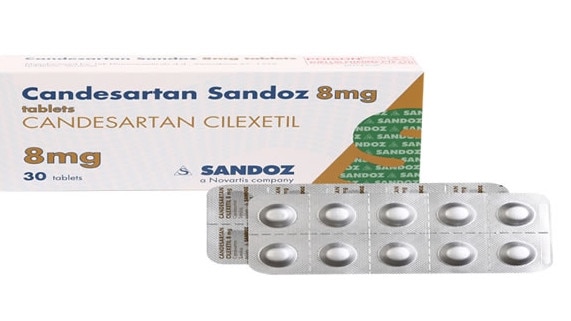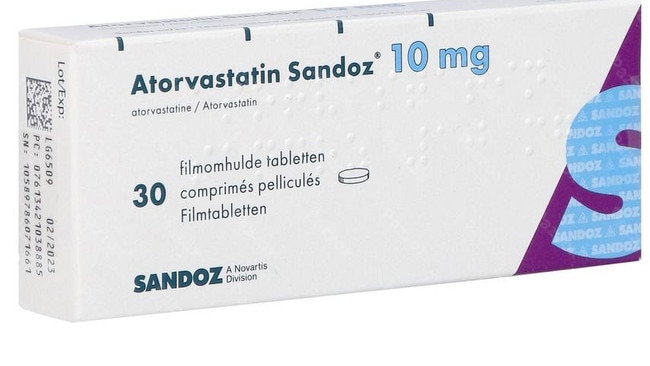How the drug ‘subsidy’ scheme makes medicine more expensive
A secretly negotiated deal with chemists is one part of why the price of medicine in Australia has increased. Here we explain how it works.
Health
Don't miss out on the headlines from Health. Followed categories will be added to My News.
Australia’s Pharmaceutical Benefits Scheme (PBS) is meant to reduce the cost of medicine by providing a government subsidy.
However, we can reveal thanks to the secretly negotiated deal between chemists and the government it is actually making some low cost drugs more expensive.
Lets take the commonly used blood pressure treatment and heart failure drug candesartan.
The drug’s ex-manufacturer price is $3.84 but after a range of dispensing and other fees are added by chemists it will cost a patient nearly six times this price.

Candesartan
Cost of medicine $3.84
Dispensing fee paid to chemist $8.37
Administration and handling fee paid to chemist $4.62
Wholesale mark up 41 cents
Allowable extra charge paid to chemist $3.29
Safety net recording fee paid the chemist $1.31
Total $21.84

Atorvastatin
Cost of medicine ex-manufacturer $3.45
Dispensing fee paid to chemist $8.37
Administration and handling fee paid to chemist $4.62
Wholesale mark up 41 cents
Allowable extra charge paid to chemist $3.29
Safety net recording fee paid the chemist $1.31
Total $21.45
Originally published as How the drug ‘subsidy’ scheme makes medicine more expensive





